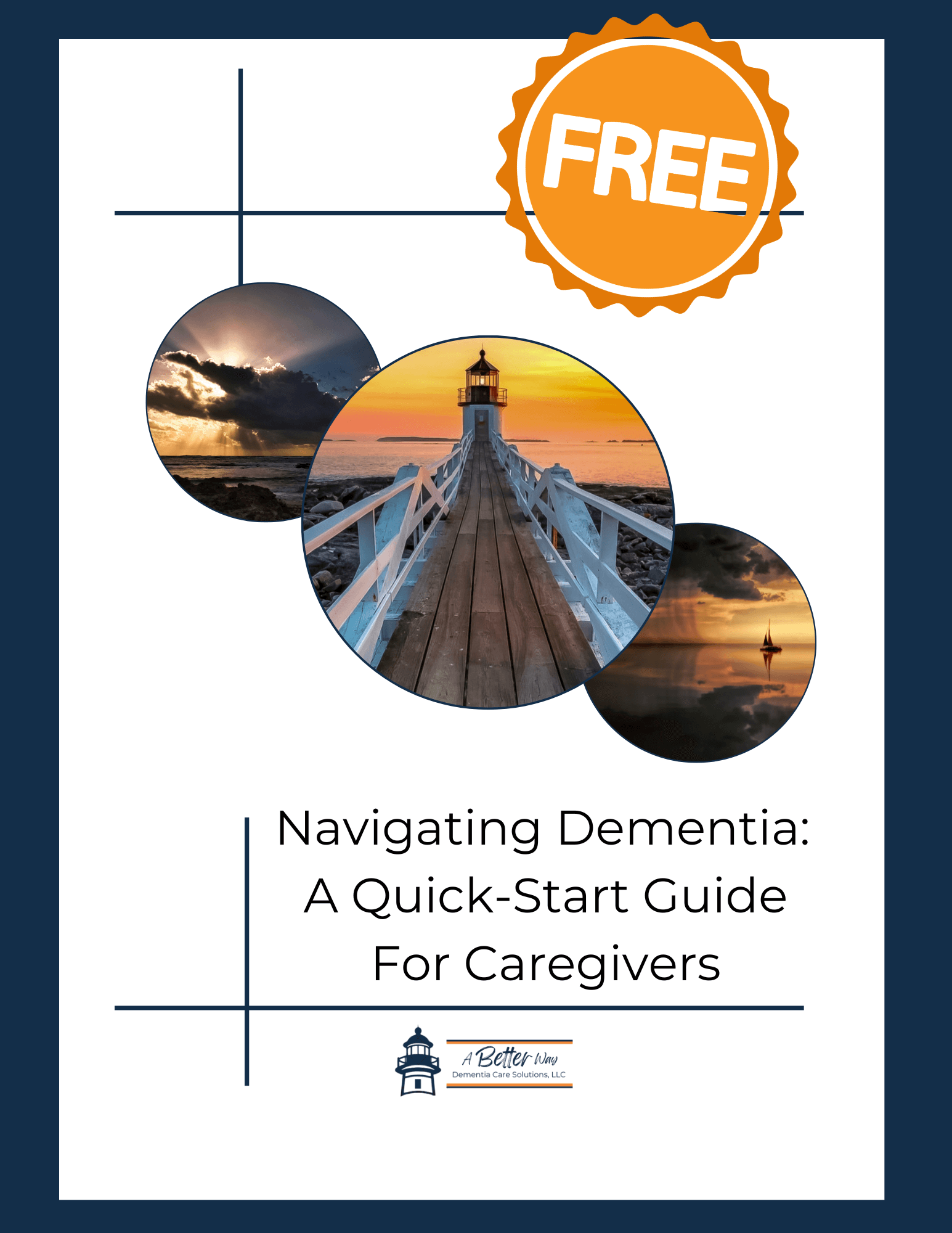
When you're caring for someone with dementia, grocery shopping can feel like one more thing on an already full plate. Between managing medications, appointments, and emotional ups and downs, planning healthy meals often falls to the bottom of the list.
That’s where the MIND Diet comes in. It’s not another rigid food trend, it’s a research-backed way of eating that supports brain health and fits into real life. Even small steps, like adding more berries or swapping white bread for whole grain, can make a difference over time.
In this post, you’ll get a practical MIND Diet grocery list (caregiver-style), along with shopping tips that respect your time, budget, and bandwidth. There’s also a free printable checklist at the end to make your next trip easier, even if it’s just curbside pickup.
What Is the MIND Diet?
The MIND Diet combines two proven eating plans: the Mediterranean Diet and the DASH (Dietary Approaches to Stop Hypertension) Diet. Studies show it may lower the risk of developing Alzheimer’s disease by as much as 53% when followed strictly, and even moderate adherence has benefits.
It emphasizes brain-supportive foods like leafy greens, berries, and healthy fats while limiting processed items, red meat, and added sugars. Importantly, it’s not about perfection. Flexibility makes it sustainable, especially when caregiving leaves little time for strict meal plans.
1. Leafy Greens & Vegetables
• Spinach
• Kale
• Broccoli
• Bell peppers
• Carrots
• Sweet potatoes
• Tomatoes
Tip: Frozen veggies are just as nutritious and easier to store.
2. Berries & Other Fruits
• Blueberries
• Strawberries
• Raspberries
• Apples
• Oranges
Tip: Buy pre-washed or frozen for convenience.
3. Whole Grains
• Oats
• Brown rice
• Whole wheat bread or wraps
• Quinoa
• Whole grain pasta
Tip: Look for “100% whole grain” on labels.
4. Nuts & Legumes
• Walnuts
• Almonds
• Peanut butter (natural, low sugar)
• Chickpeas
• Lentils
• Black beans
Tip: Canned beans are a quick, budget-friendly option.
5. Lean Proteins & Fish
• Salmon
• Sardines
• Skinless chicken or turkey
• Tofu
• Eggs
Tip: Look for frozen fillets or canned fish packed in water. Rotisserie chicken is a decent fallback when you’re running on fumes.
6. Healthy Fats & Oils
• Extra virgin olive oil
• Avocados
• Flaxseed or chia seeds
Tip: Use olive oil in place of butter for sautéing.
7. Spices, Herbs & Pantry Staples
• Garlic
• Turmeric
• Cinnamon
• Black pepper
• Vinegar
• Low-sodium broth
Tip: These add flavor without added salt.
Grocery Shopping Tips for Dementia Caregivers
Plan in Categories
Use this list as your template. Organize by store sections (produce, pantry, freezer) to speed up the trip.
Shop at Low-Stress Times
If the person you care for joins you, go during quiet hours, mornings or early afternoons on weekdays.
Use Curbside Pickup or Delivery
Many stores now offer apps that let you upload a list and skip the store entirely. It saves time and prevents decision fatigue.
Prep Ahead
Wash and chop veggies when you get home. Portion snacks like nuts and berries in small containers. It makes healthy choices easier during busy days.
Budget Wisely
Frozen and canned produce are nutritious and often cheaper than fresh. Bulk items like oats or beans stretch your budget without sacrificing quality.
Support Sensory Needs
Avoid bright, loud, or overly busy stores if your loved one is sensitive to stimuli. Bring noise-canceling headphones or sunglasses if needed.
Want to make shopping even easier? Download our free one-page MIND Diet checklist, complete with categories and checkboxes you can print or keep on your phone.
You’re already doing something extraordinary by showing up every day. This grocery guide is just one way to lighten your load and care for both the person you care for and yourself.
Your "Calmer Meals in 5 Days" Email Course Is Here!!!
If you want even more step-by-step help creating safe, delicious, and easy-to-prepare meals, my "Calmer Meals in 5 Days" Email Course is designed for dementia caregivers, family supporters, and care professionals. For only $15, you will learn how to adapt meals to meet both safety and enjoyment goals, save time in the kitchen, and bring more peace to mealtimes.
Notes
1. Morris, M.C., et al. (2015). MIND diet associated with reduced incidence of Alzheimer’s disease. Alzheimer’s & Dementia, 11(9), 1007–1014.
Disclaimer
The information contained in this blog post is for general educational and informational purposes only and should not be construed as legal advice, financial advice, health advice, or medical advice. The information provided is not a substitute for advice from a qualified professional who is aware of the facts and circumstances of your individual situation. We expressly recommend that you seek advice from a professional familiar with your specific situation.
Want to keep figuring this out together?
Subscribe to Finding Our Way in Dementia Care and get honest stories, helpful tips, and gentle support delivered to your inbox every week. Just real talk, grounded care, and space to breathe.
Subscribe to Finding Our Way in Dementia Care and get honest stories, helpful tips, and gentle support delivered to your inbox every week. Just real talk, grounded care, and space to breathe.
Kind truth. Clear steps. Warm guide.

















0 Comments